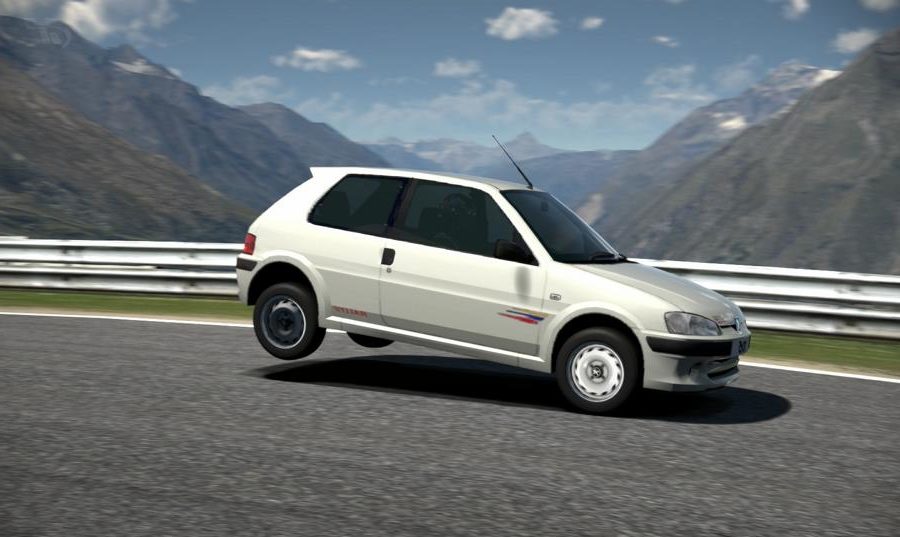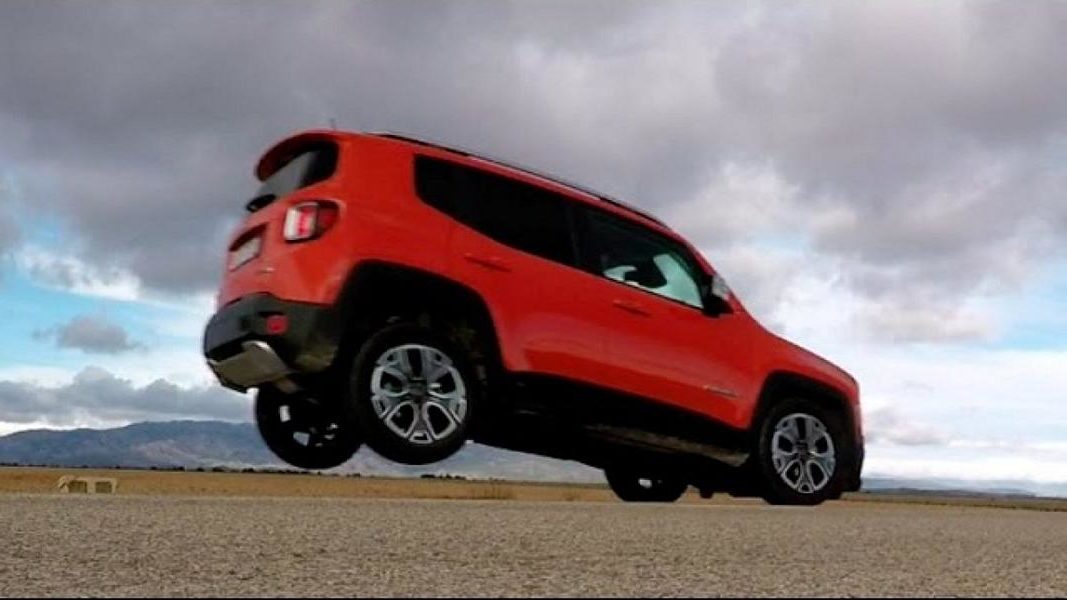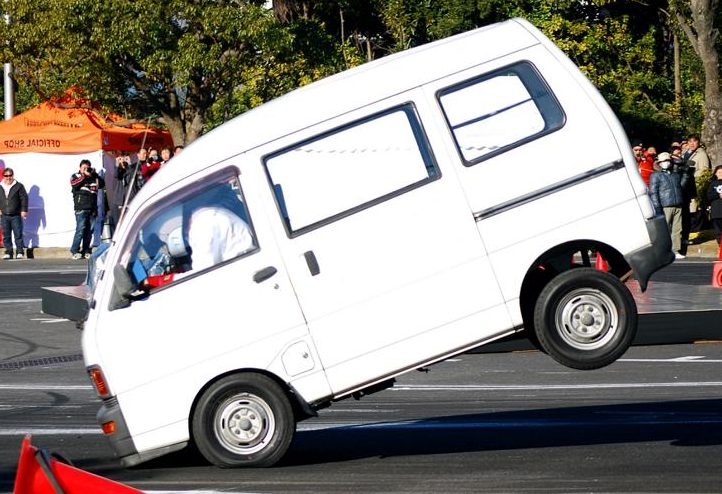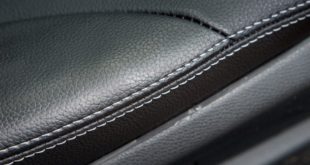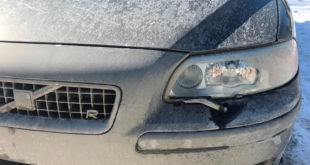Making a stoppie on a motorcycle is well known in racing circles and is also often tried out by amateurs. The result is usually more or less good and accidents and injuries are often unavoidable. But what about the car and what is meant by a stoppie? Below is a closer look at the Stoppie and the difference to other interesting stunt figures that can be made by car.
Stoppie - what is it?
The stoppie is one of the driving techniques used in motorsport and show events. The Stoppie itself is known from motorcycle motorsport. It is carried out less often with a car. There are few videos on the Internet that show this driving technique by car. In general, a stopie is a driving technique in which, due to dynamic wheel load distribution when braking, it can be set up on the front wheels (the front wheel) is reached. For motorcycles, for example, a distinction is made between two stoppie variants.
which forms are differentiated?
A distinction is made between the standing stoppie and the rolling stoppie. A standing stopie occurs on the motorcycle when the motorcycle is stationary or stops immediately before the rear area is raised. The standing stoppie means that you stop directly on the front wheel. When rolling a motorcycle, the rider only continues on the front wheel. On YouTube is a video with a mini car showing drifts and a stoppie. The stoppie in the video is a standing stoppie.
How is a stoppie reached on a motorcycle?
In motorsport, the stoppie on a motorcycle is achieved by braking hard. Only the front wheel brake may be applied and the brakes must not be applied extremely quickly. The brake pressure must increase continuously. If the brakes are applied violently immediately, the front wheel slips or locks. A dynamic wheel load distribution must be made to reach a stop. The driver's weight is also shifted forward to further increase the effect.
What is driving on the rear axle called?
Many people are familiar with driving a multi-axle vehicle on the rear axle. This driving technique can be seen as the "opposite" of the stoppie and is known as a wheelie. When doing a wheelie on a motorcycle, the front wheel hangs in the air. This can also be done identically with a car if there is enough power available. Then there is often a so-called Wheelie bar used to keep the vehicle on the road. One of the most well-known scenes is probably that of the Dodge Charger from the finale of Fast and Furious with Dom at the wheel.
Where is the stoppie used?
In the motorsport area, various driving techniques, such as the stoppie, are used at stunt events. The driving techniques should inspire the audience and show what is possible with multi-axle vehicles. The stoppie is often used in motorcycle motorsport. It is carried out less often with a car. In tuning forums it is speculated that an auto stopie can lead to a broken axle and of course it is relatively more difficult to implement. If you are interested in the Stoppie by the car, you will find videos on YouTube. Motorcycle stoppies and other driving techniques can also be found there.
Stoppie - conclusion
A stoppie describes a driving technique in which the car "stands" or stops on the front wheels and the rear wheels (the rear wheel on the motorcycle) hanging in the air. The Stoppie by car is less well known than the Stoppie by motorcycle. A stoppie is interesting for stunt shows and must not be performed on public roads. Neither by motorcycle nor by car. The same naturally applies to the Wheely.
We hope that you the info report on the topic / term Stubble from the field of autotuning. Our goal is that the largest German-language tuning dictionary (Tuning Wikipedia) and to explain tuning terms from A to Z easily and understandably. Almost every day we expand this lexicon and how far we are, you can HERE see. Soon the next one will be Tuning scene concept be illuminated by us. By the way, you will be informed about new topics if you have ours Feed subscribe to.
Below are a few examples from our tuning lexicon:
But of course tuningblog has countless other articles on the subject of cars & car tuning in stock. Do you want to see them all? Just click HERE and look around. We would also like to provide you with news aside from the tuning. In our category Tips, products, information & Co we pick up contributions from car or accessory manufacturers. And also our category Test sites, laws, offenses, information has almost daily new information for you. Here are a few topics from our tuning wiki:
|
Artificial leather - the perfect alternative for car tuning! |
||
"Tuningblog.eu" - we keep you up to date on the subject of car tuning and car styling with our tuning magazine and we present you the latest tuned vehicles from all over the world every day. It's best to subscribe to ours Feed and will automatically be informed as soon as there is something new about this post, and of course also to all other contributions.
 tuningblog.eu Your magazine about tuning the car
tuningblog.eu Your magazine about tuning the car
